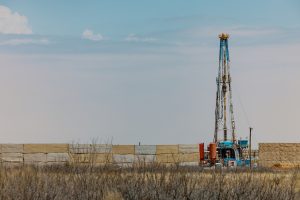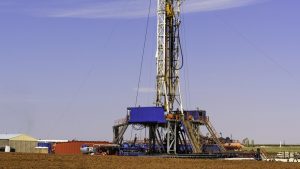What is Drilling Sideways Called?
Drilling sideways, a cutting-edge technique in the world of drilling and exploration, goes by several names. This innovative method, which enables drilling in non-vertical directions, has gained prominence in various industries. Let’s delve into what drilling sideways is called and how it revolutionizes traditional drilling practices.
Horizontal Drilling
One of the most common terms used to describe drilling sideways is “horizontal drilling.” This method involves drilling a wellbore at an angle to access subsurface reservoirs horizontally. Horizontal drilling has become a game-changer in the oil and gas industry, enhancing productivity and recovery rates.
Advantages of Horizontal Drilling:
- Increased access to oil and gas reservoirs.
- Enhanced production rates.
- Minimized environmental impact.
- Reduced surface footprint.
- Improved wellbore stability.
Horizontal drilling is a crucial technique in unconventional resource extraction, such as shale gas and tight oil, where it allows for better exploitation of reservoirs.
Directional Drilling
Another term synonymous with drilling sideways is “directional drilling.” This technique involves controlling the wellbore’s trajectory to reach specific targets. Directional drilling is not limited to horizontal drilling but encompasses drilling at various angles and directions.
Applications of Directional Drilling:
- Accessing offshore oil and gas reserves.
- Reaching hard-to-reach deposits.
- Avoiding geological obstacles.
- Improving reservoir drainage.
Directional drilling has found applications in a wide range of industries, including mining, geothermal energy, and environmental remediation.

Extended Reach Drilling
Extended reach drilling, often referred to as “ERD,” is another term used for drilling sideways. ERD involves drilling wells with exceptionally long horizontal sections, allowing operators to access reservoirs located far from the drilling site.
Benefits of Extended Reach Drilling:
- Maximizing reservoir contact.
- Reducing the need for multiple well sites.
- Lowering drilling costs.
- Minimizing environmental disturbances.
ERD has become indispensable in offshore drilling, especially in remote and environmentally sensitive areas.
Conclusion
In conclusion, drilling sideways, also known as horizontal drilling, directional drilling, or extended reach drilling, represents a significant advancement in drilling technology. These techniques have transformed industries by providing access to resources that were previously out of reach and minimizing the environmental impact of drilling operations. Whether you call it horizontal, directional, or extended reach drilling, one thing is clear – it’s a game-changer in the world of exploration and extraction.
For more insights into drilling innovations and industry trends, stay tuned to our blog. Find drilling facts here.


